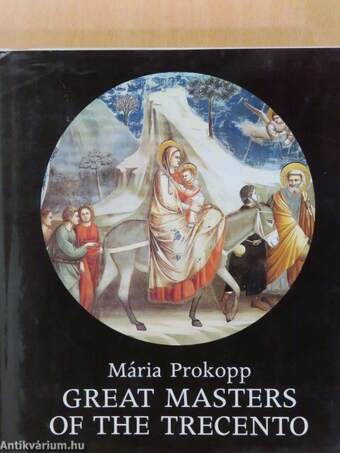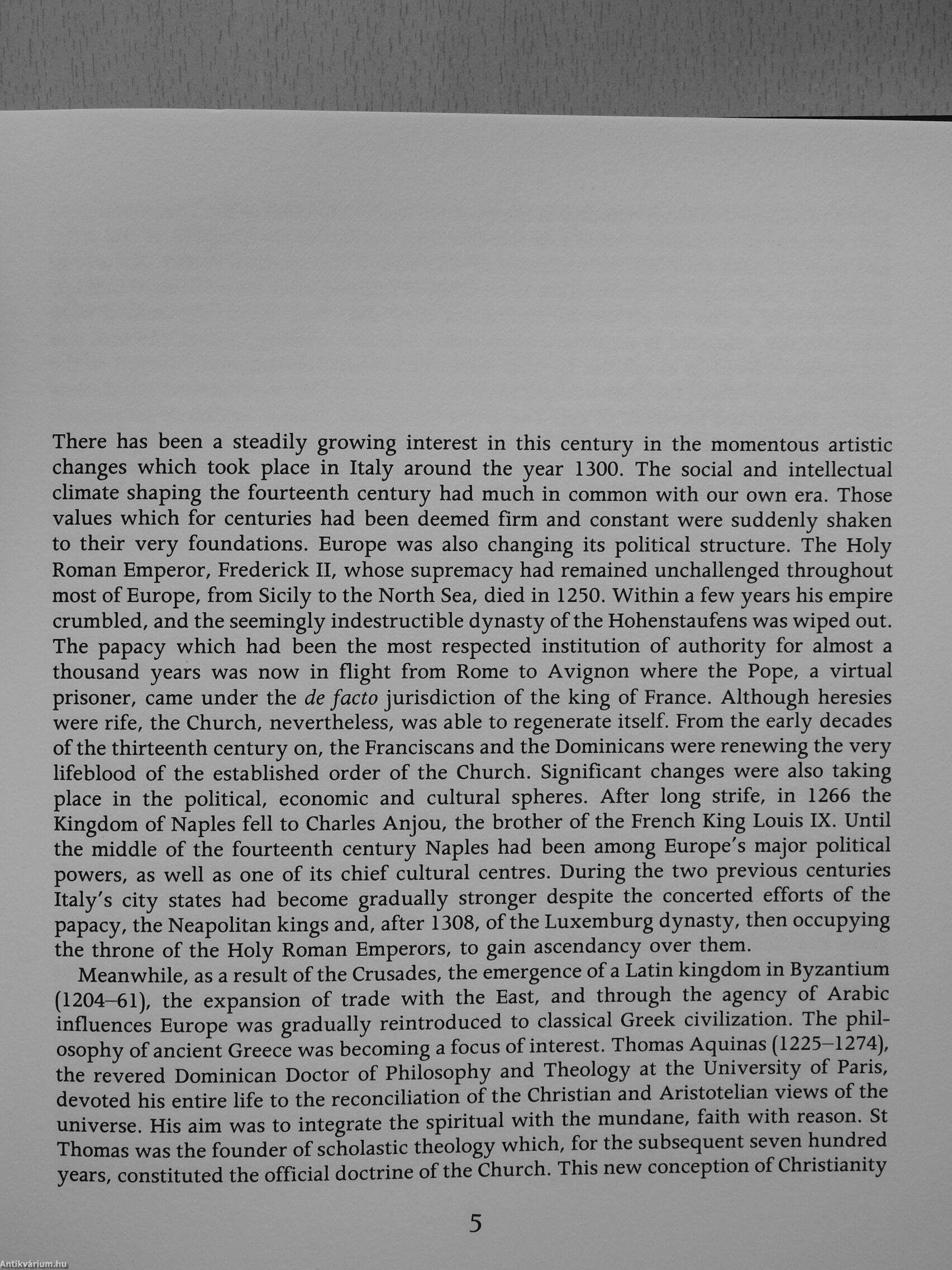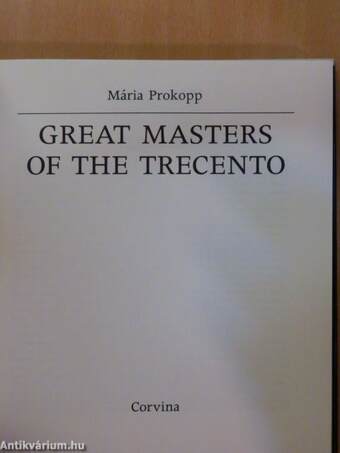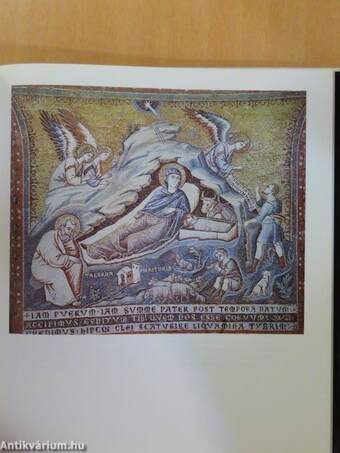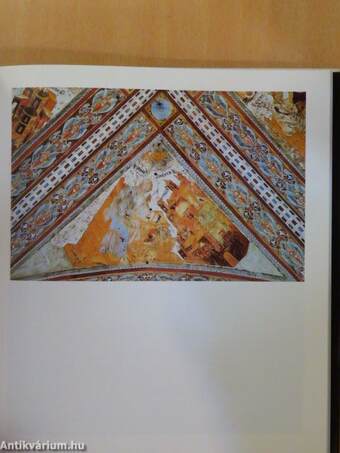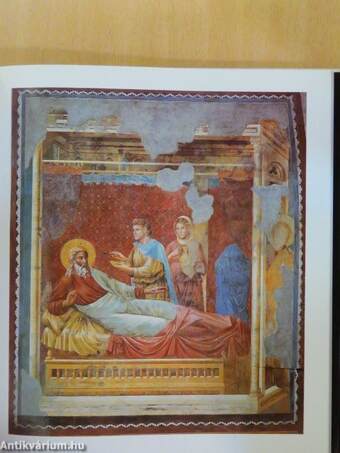1.067.309
kiadvánnyal nyújtjuk Magyarország legnagyobb antikvár könyv-kínálatát

VISSZA
A TETEJÉRE
JAVASLATOKÉszre-
vételek
Great Masters of the Trecento
Olasz festészet a XIII. században
| Kiadó: | Corvina Kiadó |
|---|---|
| Kiadás helye: | Budapest |
| Kiadás éve: | |
| Kötés típusa: | Vászon |
| Oldalszám: | 156 oldal |
| Sorozatcím: | |
| Kötetszám: | |
| Nyelv: | Angol |
| Méret: | 24 cm x 21 cm |
| ISBN: | 963-13-2252-1 |
| Megjegyzés: | További grafikusok a kötetben. Színes reprodukciókkal. |
naponta értesítjük a beérkező friss
kiadványokról
naponta értesítjük a beérkező friss
kiadványokról
Előszó
TovábbFülszöveg
The dramatic quality of Giotto's frescoes, his strikingly plastic forms, his deep blue skies still captivate the viewer after six hundred years, as do the poetic refinement of Simon Martini's Madonnas or Andrea da Firenze's magnificent murals in the Spanish Chapel. This was an age in which the stiff, hieratic Byzantine iconography was gradually embued with humán emotions, and contemporary figures like St Francis of Assisi converted biblical stories and ideas to reality. The solemn, majestic Virgin came to represent the growing consciousness of the úrban bour-geoisie (Duccio's Maestá); autobiographical elements came to the fore in representations of the lives of the saints (Simoné Martini's The Knighting of St Martin}, contemporaries began to be used as models in religious pictures (Altichiero's St Lucy on the Catafalque). A new view of life, a new awareness began to be manifested here; the birth of the Renais-sance could be perceived at last.
The author, who teaches art history... Tovább
Fülszöveg
The dramatic quality of Giotto's frescoes, his strikingly plastic forms, his deep blue skies still captivate the viewer after six hundred years, as do the poetic refinement of Simon Martini's Madonnas or Andrea da Firenze's magnificent murals in the Spanish Chapel. This was an age in which the stiff, hieratic Byzantine iconography was gradually embued with humán emotions, and contemporary figures like St Francis of Assisi converted biblical stories and ideas to reality. The solemn, majestic Virgin came to represent the growing consciousness of the úrban bour-geoisie (Duccio's Maestá); autobiographical elements came to the fore in representations of the lives of the saints (Simoné Martini's The Knighting of St Martin}, contemporaries began to be used as models in religious pictures (Altichiero's St Lucy on the Catafalque). A new view of life, a new awareness began to be manifested here; the birth of the Renais-sance could be perceived at last.
The author, who teaches art history at Eötvös Loránd University in Budapest, demonstrates how Trecento painting is as much a natural extension of the Byzantine traditions and Gothic art as it is a fore-shadowing of the Renaissance. She analyses how intricately the various stylistic features coexist in the same picture, introducing somé works to the generál public which have not been widely known before.
With 48 colour reproductions.
Corvina © Vissza
Témakörök
- Idegennyelv > Idegennyelvű könyvek > Angol > Művészetek > Festészet
- Művészetek > Festészet > Korszakok, stílusok > Középkor > Egyéb
- Művészetek > Festészet > Idegen nyelv > Angol
- Művészetek > Festészet > Tanulmányok, összefoglalók > Külföldi
- Művészetek > Festészet > Albumok > Külföldi festők
- Művészetek > Festészet > Általános festészet > Története
Megvásárolható példányok
Nincs megvásárolható példány
A könyv összes megrendelhető példánya elfogyott. Ha kívánja, előjegyezheti a könyvet, és amint a könyv egy újabb példánya elérhető lesz, értesítjük.



